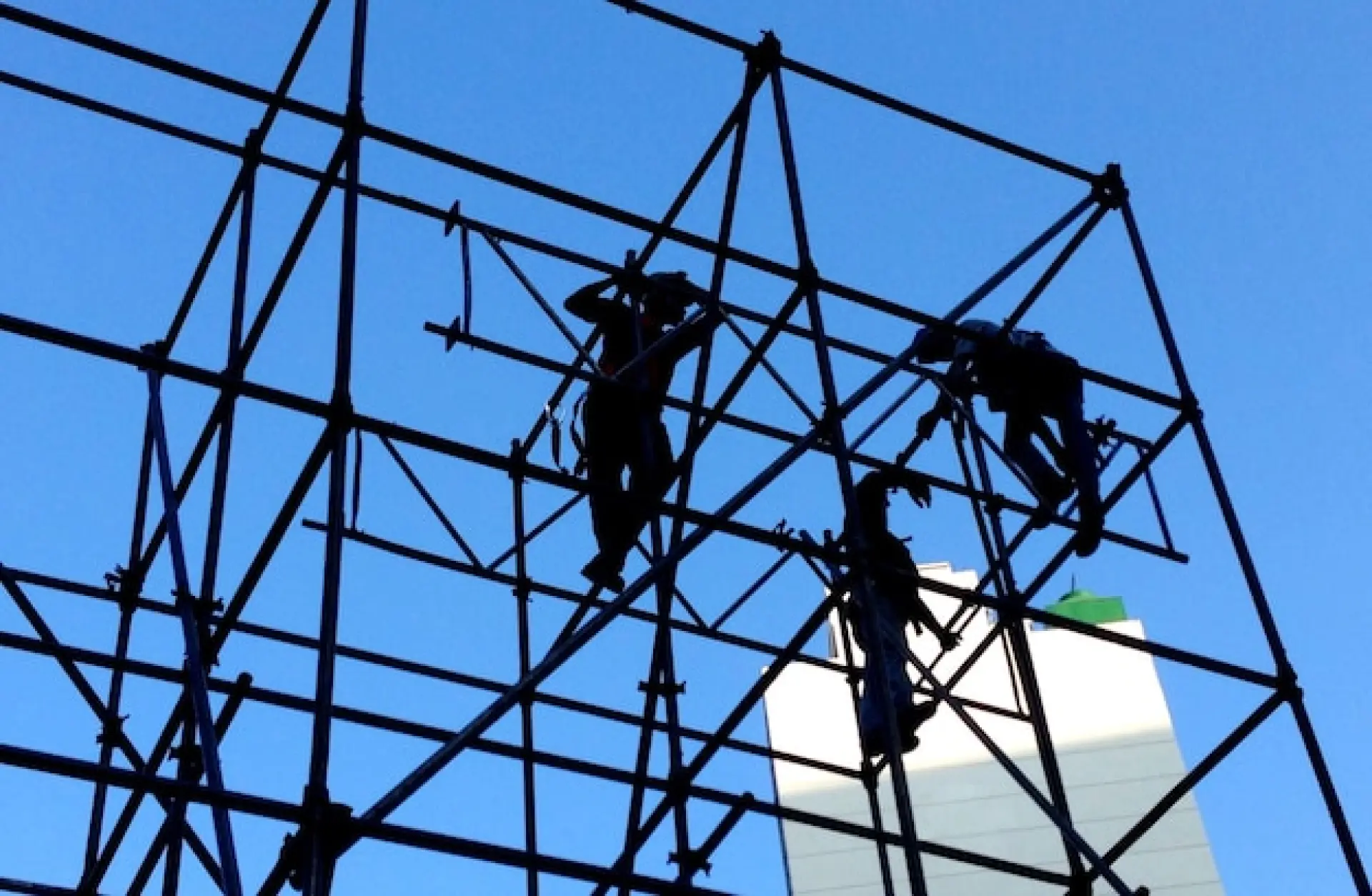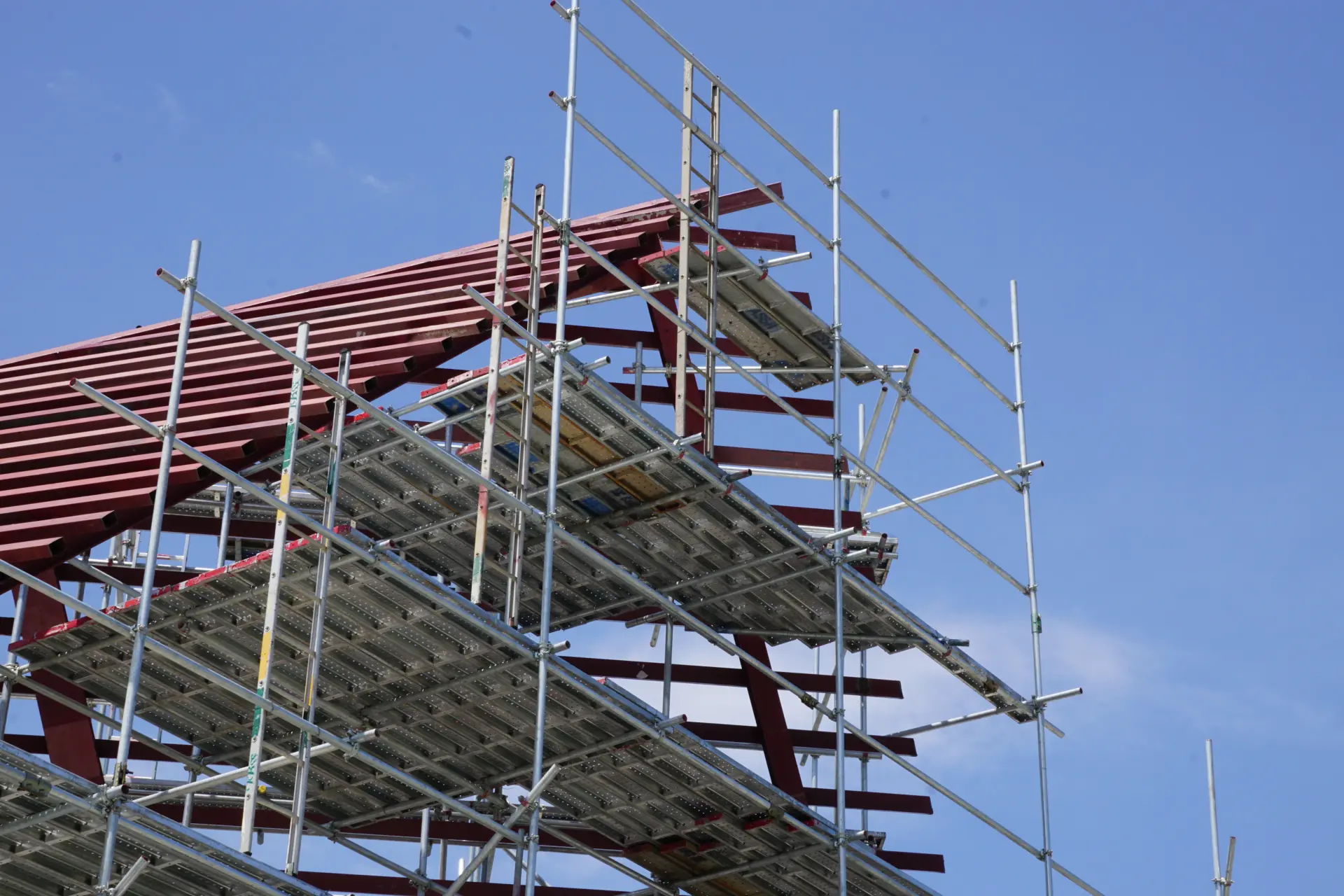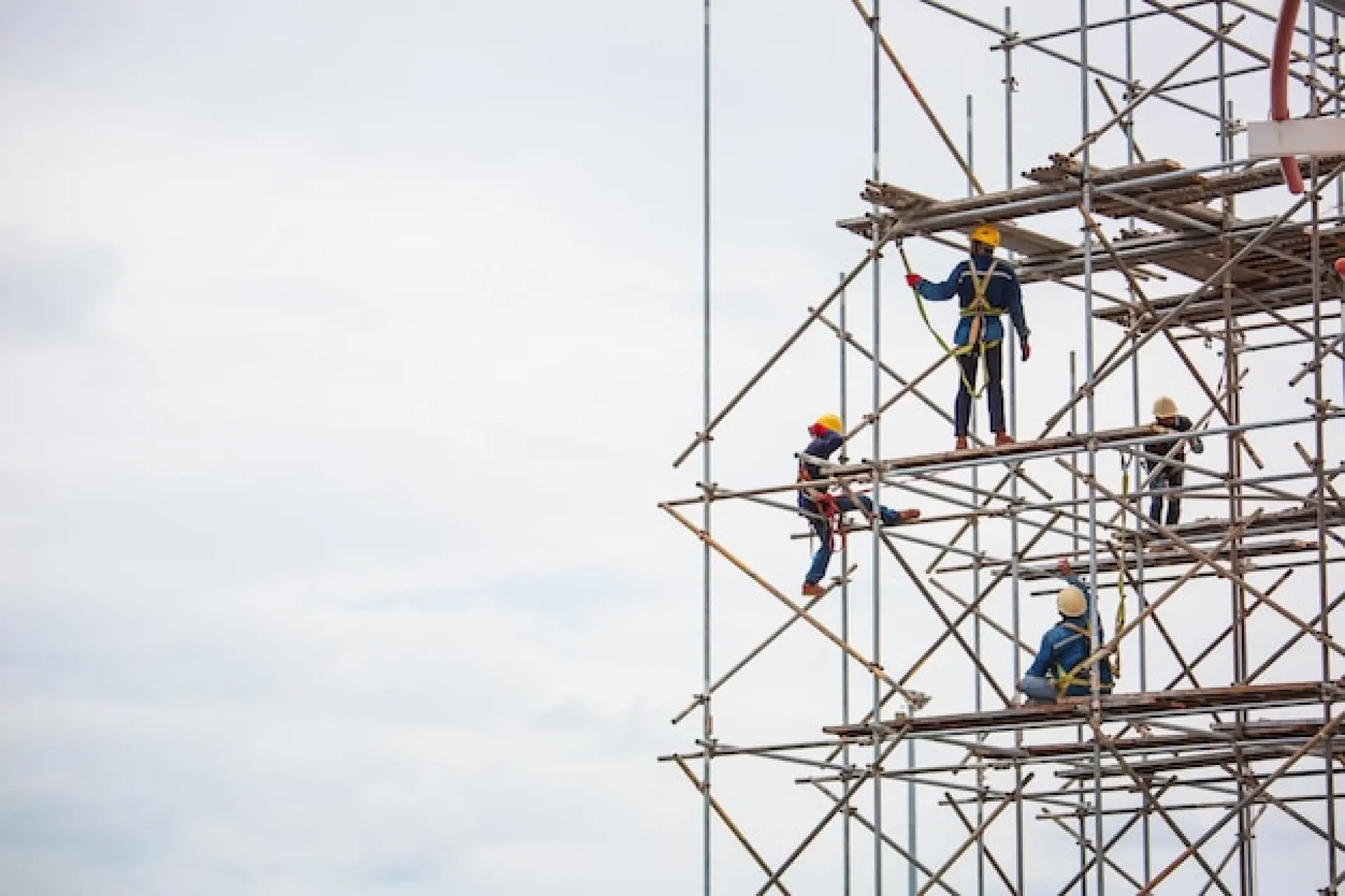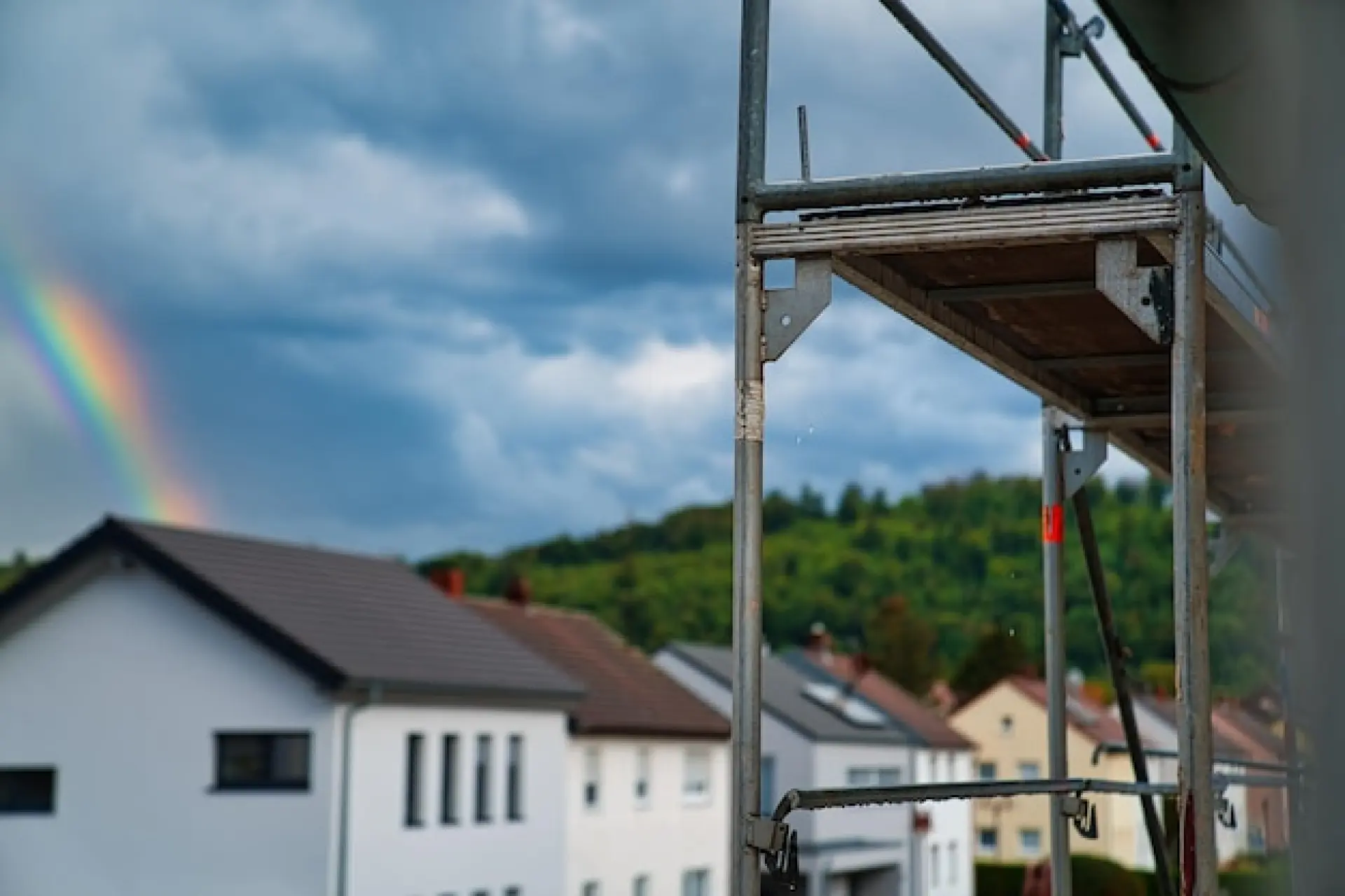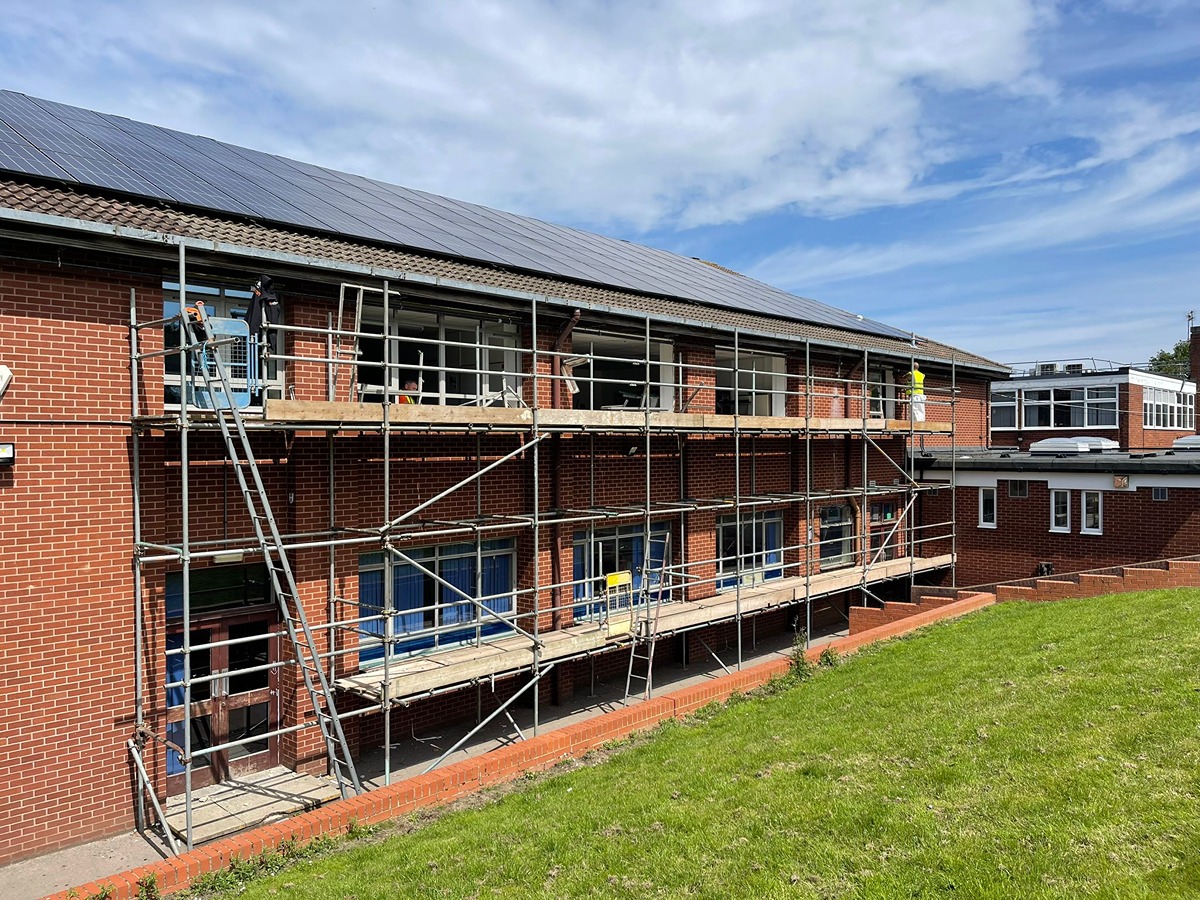Learn essential safety tips for using domestic scaffolding to improve project efficiency and protect everyone involved. From scaffold selection to fall prevention, these guidelines help ensure compliance with UK safety standards and reduce the risk of accidents.
Choosing the Right Scaffolding for Your Project
Selecting the appropriate scaffolding is essential for safety and efficiency. Consider the height and structure of the work area, ensuring the scaffold is suitable for the task. Lightweight aluminium towers are ideal for smaller domestic projects, while steel scaffolding provides greater durability for heavier loads.
Check the manufacturer’s load capacity recommendations and ensure the scaffold structure meets British safety standards and Work at Height Regulations 2005. If working on uneven ground, opt for adjustable base plates to maintain stability. Portable scaffolds with locking wheels can be beneficial for mobility but must be securely fixed before use.
Never exceed the recommended weight limit, and always follow the instructions for assembly and use. Choosing the right scaffolding reduces risks and ensures a safe working environment.
Inspecting Scaffolding Before Use
Before stepping onto scaffolding, conduct a thorough inspection to identify potential hazards. Check for damaged or missing components, including loose bolts, rusted sections, or cracked planks. Ensure all locking mechanisms are secure and that the structure is firmly positioned.
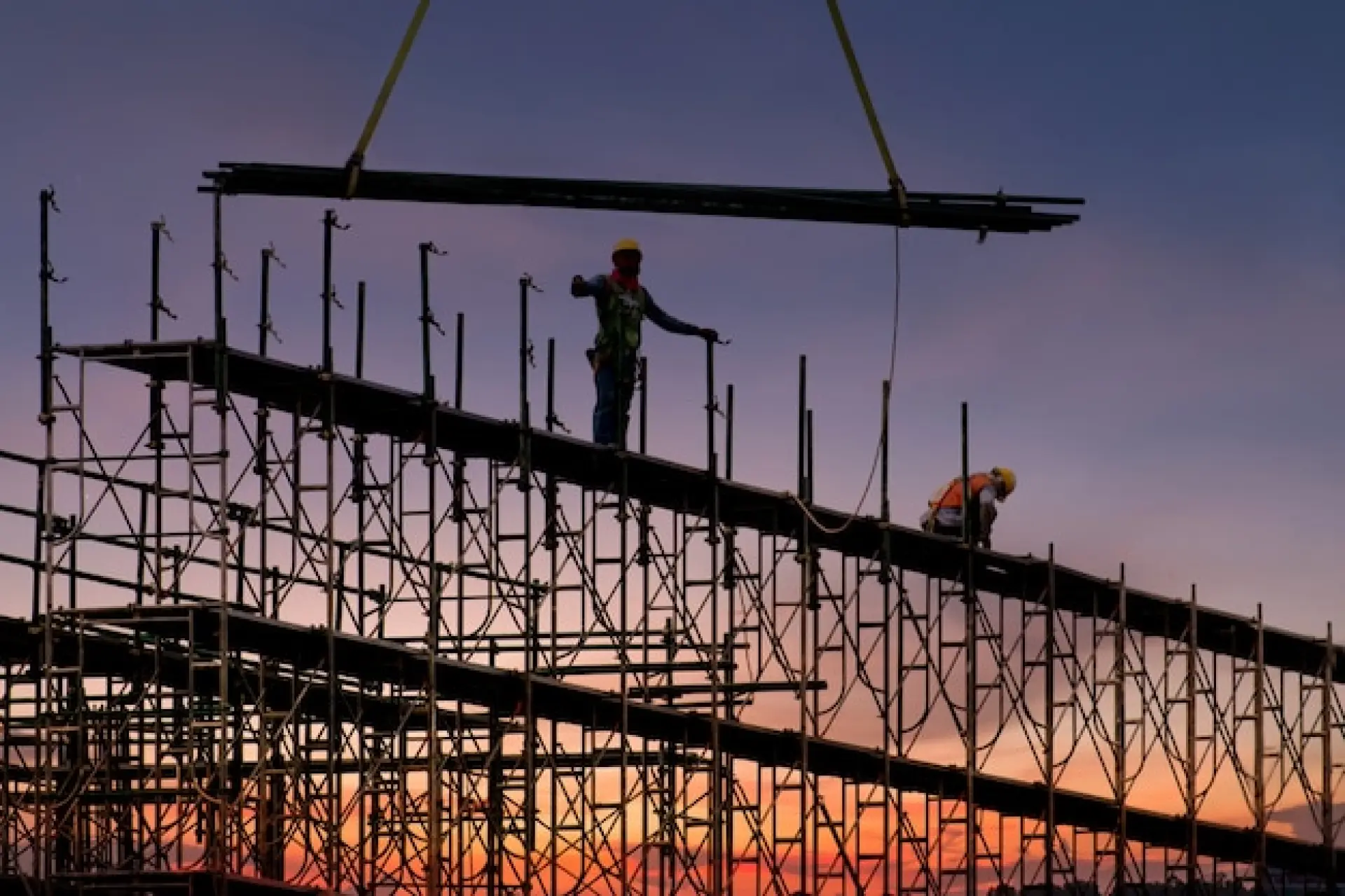
A more detailed inspection should include:
- Checking connections and couplers for wear or corrosion.
- Ensuring platforms are fully supported with no overhanging planks.
- Confirming guardrails and toe boards are intact.
If using scaffolding near power lines, maintain a safe distance to prevent accidental contact. Regular inspections, ideally before each shift, are vital in preventing collapse and ensuring scaffold safety. A competent person should always be responsible for inspections.
Ensuring a Stable and Level Base
A solid foundation is crucial to prevent collapse. Place scaffolding on firm, level ground, avoiding soft soil, loose gravel, or uneven surfaces. Use base plates, sole boards, or adjustable legs to provide stability.
Scaffolding must never be erected on unstable areas such as wet grass, ice, or mud without additional support. Where possible, tie scaffolds into a secure structure like a wall for added stability.
A level base reduces risks of tilting, structural damage, and falling debris. Ensuring stability at the start will protect workers, property, and members of the public throughout the project.
Proper Assembly and Secure Fixings
Correct assembly is essential. Follow the manufacturer’s instructions and ensure all braces, clamps, and locking pins are in place. Never modify or remove scaffold components, as this can compromise safety.
Key assembly tips:
- Use diagonal bracing for taller scaffolds.
- Install safe access ladders or stair towers.
- Keep platforms free of excess tools and debris.
- Add toe boards to prevent falling objects.
A scaffold that is properly erected and regularly checked provides a secure platform for safe working.
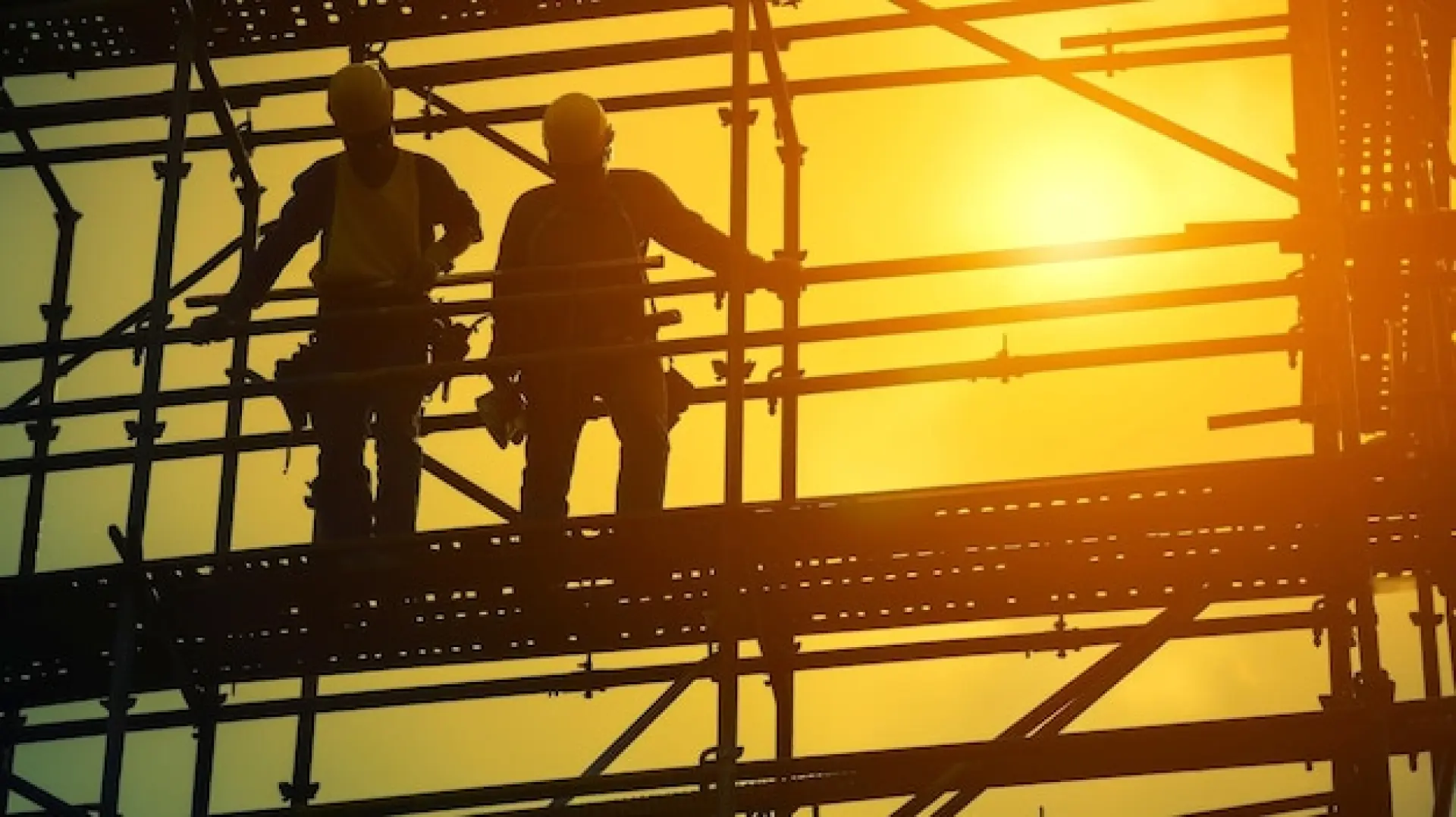
Wearing the Right Safety Equipment
Personal protective equipment is vital when working at height. Essential items include:
- Hard hats to protect against falling tools or debris.
- Non-slip footwear to prevent slips in wet conditions.
- High-visibility clothing if working near roads or shared access areas.
- Gloves for handling sharp or rough materials.
Wearing the right PPE is a simple but effective way to reduce accidents and protect workers.
Using Guardrails and Safety Barriers
Falls from height remain one of the most common causes of injury in UK domestic projects. Guardrails, mid-rails, and toe boards are required on all open sides of scaffolding platforms to prevent falls.
For projects above two metres, fall protection becomes even more crucial. Workers should consider additional personal protective equipment (PPE) such as harnesses connected to secure anchor points.
Avoid stacking materials on edges where they could be knocked off, and keep walkways clear. Guardrails and barriers reduce the risk of falls, protect workers and passers-by, and ensure compliance with safety regulations.
Keeping Work Areas Clear and Organised
Loose tools, scattered materials, or debris can quickly create hazards. Always:
- Store tools in tool belts or secured containers.
- Remove excess materials from platforms.
- Avoid leaving ladders or equipment leaning unsafely against scaffolds.
Keeping the scaffold platform clear prevents trips, falling objects, and accidental injuries.
Weather Conditions and Safe Use
Weather plays a significant role in scaffold safety. Strong winds, rain, ice, or snow can all increase risks.
- Avoid working in high winds that may destabilise scaffolding.
- Postpone work during icy or slippery conditions.
- Use debris nets or sheeting to reduce wind impact where possible.
Always check weather conditions before starting work at height. Safety must be prioritised over deadlines.
Safe Dismantling and Storage
Dismantling scaffolding must be carried out with as much care as assembly. Always:
- Avoid dropping materials from height.
- Store scaffolding components in a dry area to prevent rust or damage.
Proper dismantling prevents accidents at the end of a project and ensures the scaffolding remains in good condition for future use.
Final Thoughts on Domestic Scaffold Safety
Domestic scaffolding can make home projects safer and more efficient when used correctly. However, scaffolding safety requires planning, regular inspections, safe assembly, and proper use of PPE. By following these tips and keeping the Work at Height Regulations 2005 in mind, you can significantly reduce the risk of accidents, injuries, and damage to property.
If you're carrying out any construction or renovation projects, no matter how big or small, give our company a call. We'll supply you with and install only the best custom scaffolding structures and platforms that you need.
